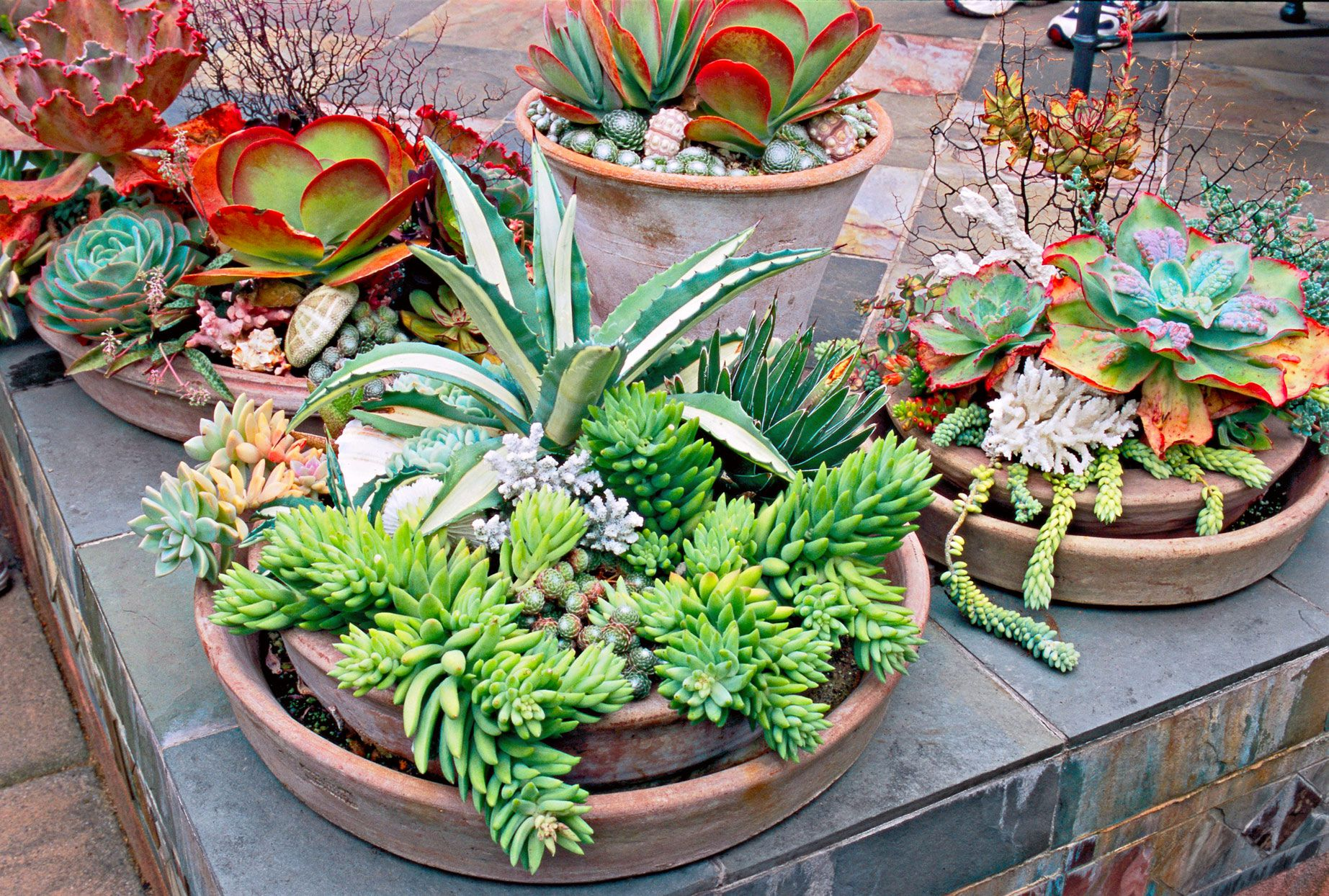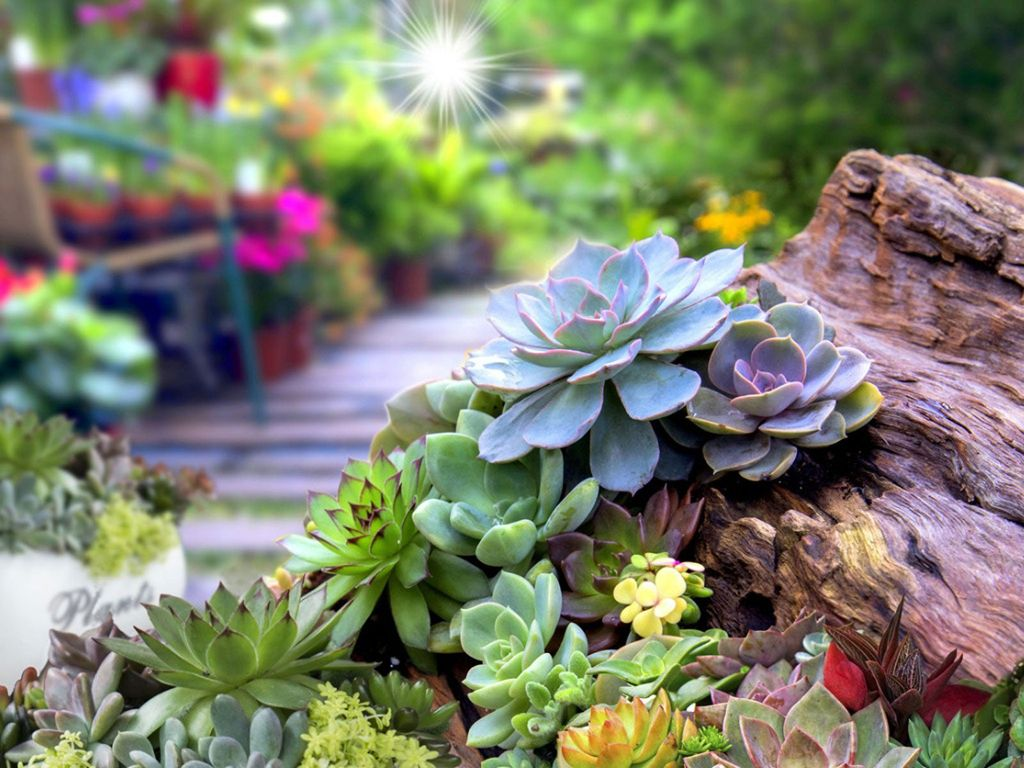Introduction:
Witness the remarkable journey of turning arid spaces into captivating realms of greenery as succulents take center stage in a transformative garden narrative. In this exploration, we’ll delve into the art of succulent landscaping, uncovering how these resilient plants not only survive but thrive, adorning once-barren spaces with an abundance of natural splendor.
1. **The Arid Canvas:**
Begin the transformation by embracing the unique beauty of arid landscapes. Whether it’s a sun-baked backyard, a sandy patio, or a rocky hillside, succulents find their niche in these environments, adapting to the challenging conditions with grace.
2. **Diverse Succulent Ecosystems:**
Succulents hail from various ecosystems around the world, each adapted to specific conditions. Explore the diversity of agaves, aloes, cacti, and other succulent varieties, selecting those that resonate with the arid context of your space.
3. **Water-Wise Landscaping Principles:**
Harness the water-wise nature of succulents to inform your landscaping choices. By strategically arranging these plants based on their water needs, you create a sustainable oasis that thrives on minimal irrigation, contributing to water conservation efforts.
4. **Texture and Form in Arid Beauty:**
Succulents bring a rich tapestry of textures and forms to arid landscapes. From the smooth, velvety leaves of echeverias to the bold, architectural shapes of agaves, the interplay of textures elevates the visual interest of your transformed space.
5. **Sculptural Focal Points:**
Use larger succulents as sculptural focal points within the landscape. Agaves, yuccas, and large Euphorbias serve as charismatic centerpieces, breaking up the monotony of arid expanses and adding a touch of drama to the scene.
6. **Rock Gardens and Hardscape Harmony:**
Integrate rocks and hardscape elements seamlessly into your succulent design. Create rock gardens that mimic natural desert environments, allowing succulents to nestle among the stones, blurring the lines between the planted and non-planted spaces.
7. **Thriving in Containers:**
Embrace container gardening for added flexibility in transforming smaller arid spaces. Succulents in containers not only thrive but also offer the opportunity to experiment with various arrangements, bringing mobility and versatility to your design.
8. **Drought-Tolerant Companions:**
Complement your succulents with other drought-tolerant plants that thrive in arid conditions. Lavenders, ornamental grasses, and native wildflowers can coexist harmoniously, enhancing the overall ecological balance of your transformed space.
9. **Seasonal Flourishes:**
Plan for seasonal flourishes that add bursts of color and interest. Many succulents bloom with vibrant flowers, and by strategically choosing varieties that bloom at different times, you ensure a dynamic landscape that evolves throughout the year.
10. **Community and Cultural Significance:**
Explore the cultural significance of succulents in various communities. Agave plants, for instance, hold cultural importance in certain regions and can be incorporated to not only beautify but also pay homage to local traditions.
Conclusion:
“From Arid to Admired: Transforming Spaces with Succulent Splendor” is a testament to the power of succulents to rejuvenate and enhance arid environments. As these remarkable plants thrive in conditions that challenge traditional landscaping, they offer a unique opportunity to turn once-neglected spaces into admired showcases of natural beauty. Embrace the adaptability, sustainability, and sheer splendor of succulents as you embark on a journey to transform your arid landscape into a thriving oasis.




